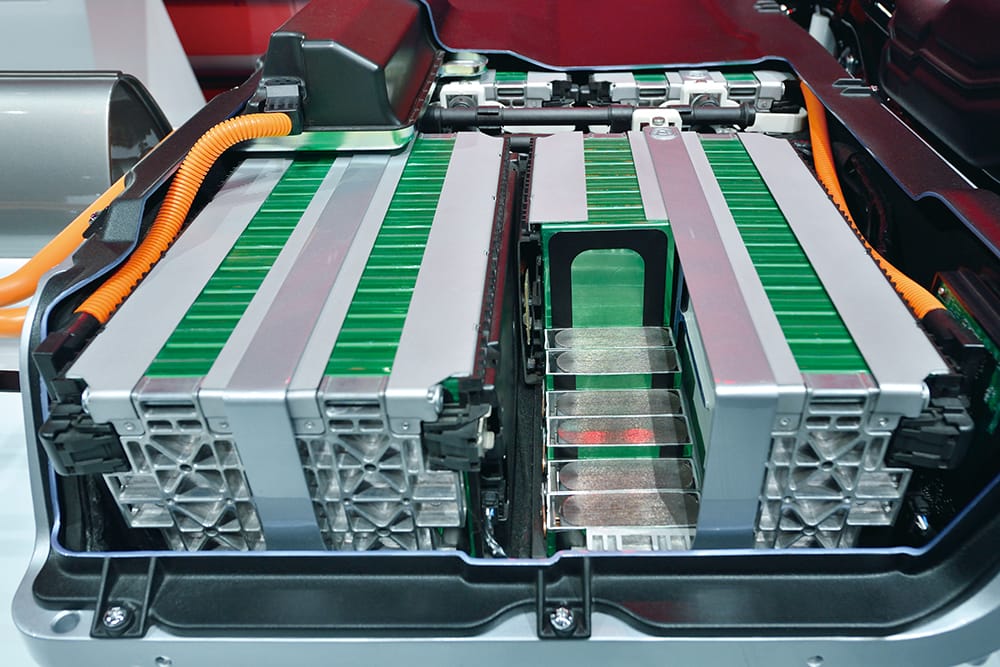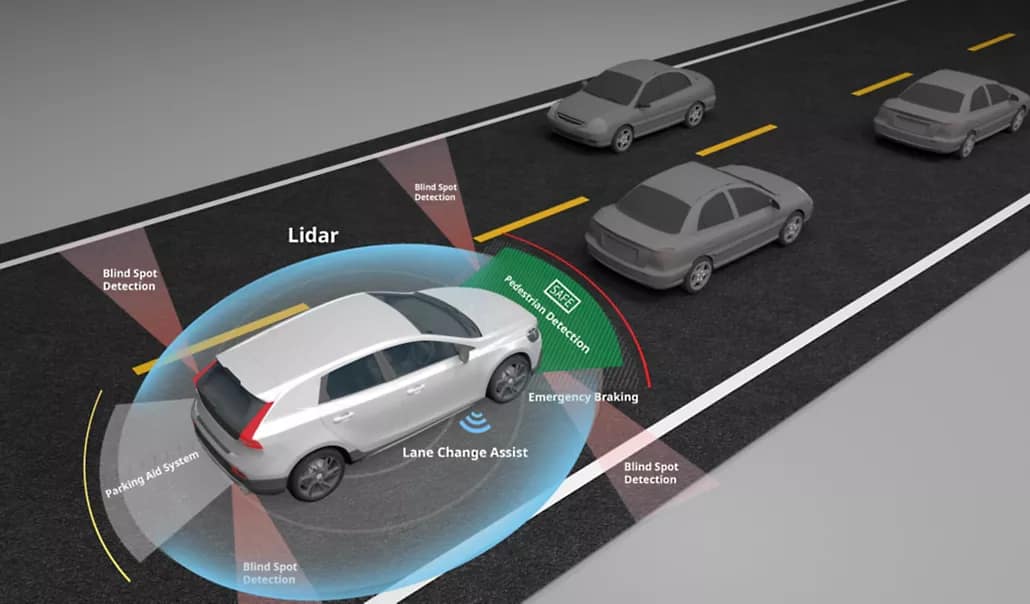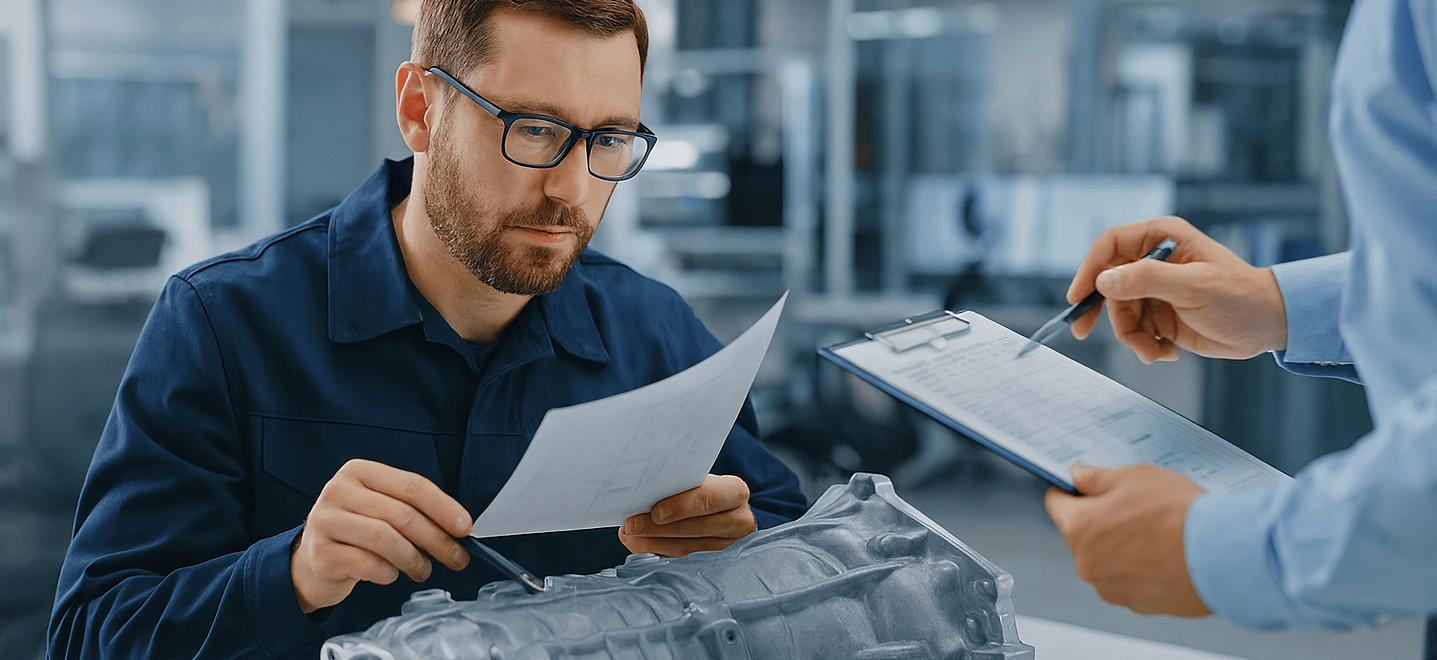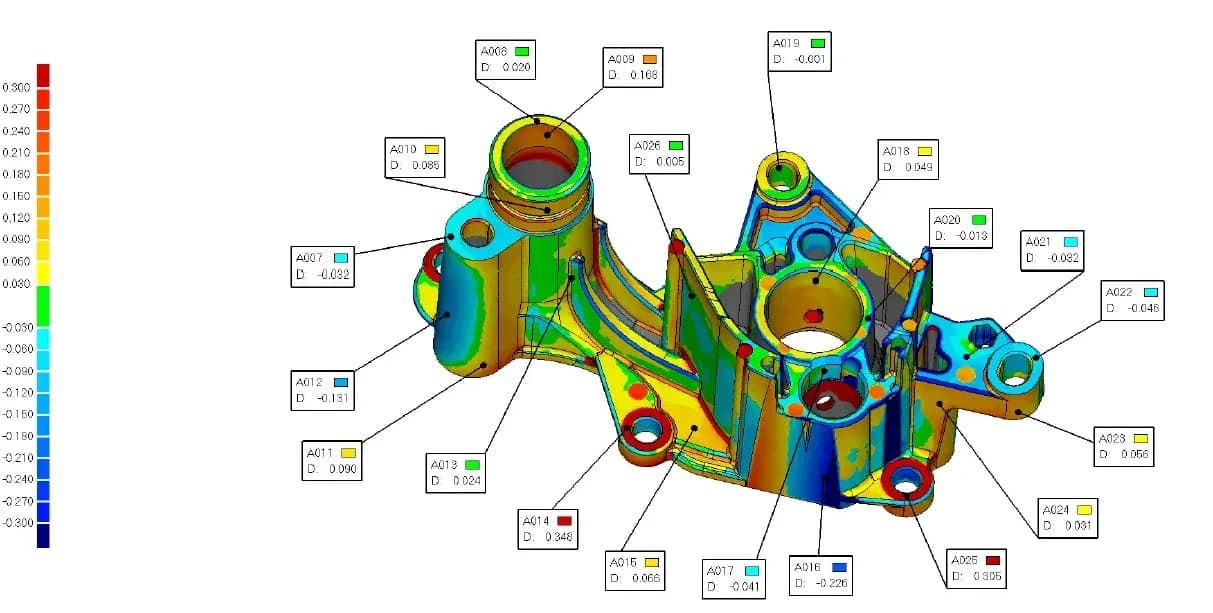
🔋 The Future is Solid: Development Trends and Challenges of Solid-State Battery Technology

Solid-state batteries are poised to be a fundamental disruptor, offering the long range, speed, and safety needed for the next generation of Electric Vehicles and beyond. While significant technical challenges—particularly related to the solid-solid interface and high-volume, low-cost manufacturing—persist, the massive global investment and recent laboratory milestones suggest a highly accelerated timeline. The competition is fierce, and the first company to truly master the scalable, durable production of SSBs will redefine the global automotive and energy storage industries.
Solid-State Batteries (SSBs) represent the next frontier in energy storage, promising to solve the core limitations of conventional Lithium-ion batteries (LIBs). By replacing the flammable liquid electrolyte with a solid material, SSBs offer a trifecta of benefits: enhanced safety, higher energy density, and faster charging capabilities. The race to commercialize this game-changing technology is intense, driven by global automotive giants and innovative startups alike.
📈 Global Development Trends
The solid-state battery landscape is quickly transitioning from lab-scale prototypes to pilot production, with 2025 being a pivotal year for industrialization.

- Focus on High Energy Density: Recent breakthroughs, particularly from Asian companies, have demonstrated energy densities in the range of 400 Wh/kg to an ambitious 600 Wh/kg—a significant leap from the 150-250 Wh/kg typically seen in current LIBs. This energy boost promises to eliminate “range anxiety,” potentially enabling Electric Vehicles (EVs) to travel over 1,000 km (620+ miles) on a single charge.
- Example: Companies are showcasing all-solid-state modules with projections for over 1,200 km range capability.
- The Electrolyte Race: Development is concentrated on three main solid electrolyte types, each with its own trade-offs:
- Sulfide-based: Offers high ionic conductivity (faster charging) but is highly sensitive to moisture and poses manufacturing complexities. Toyota and major Chinese players are pursuing this route for high-performance EVs.
- Oxide-based: Excellent chemical and thermal stability (safety) but typically suffers from high interfacial resistance and brittleness, requiring complex, high-temperature processing.
- Polymer-based: More scalable and flexible, but generally has lower ionic conductivity, limiting performance unless operated at higher temperatures.
- Automotive Industry Investment: Major automakers like Toyota, Volkswagen, and Honda are heavily investing in SSBs, setting ambitious timelines for mass production between 2027 and 2030. Many are prioritizing their high-end or performance EVs for the initial deployment of this premium technology.
- Simplified Manufacturing Processes: Researchers are actively developing new cell designs and manufacturing techniques to lower costs. This includes working on dry electrode methods and innovative self-adaptive interphase layers to simplify the assembly and reduce reliance on expensive, complex processes.
🛑 Key Challenges to Commercialization
Despite the promising breakthroughs, several critical engineering and manufacturing hurdles must be overcome before SSBs can replace LIBs in the mass market.
| Challenge | Description |
|---|---|
| Interfacial Impedance | The single most critical issue. Unlike liquid electrolytes that ensure perfect contact, solid-solid interfaces often have poor contact, leading to high resistance and reduced power output. This is exacerbated by the volume changes of the electrodes during charging/discharging. |
| Dendrite Formation | While reduced compared to LIBs, Lithium (Li) metal anodes can still form needle-like structures (dendrites) that penetrate the solid electrolyte, leading to internal short circuits and battery failure. |
| Manufacturing Scalability & Cost | Current SSB fabrication processes are complex, requiring highly controlled environments (especially for moisture-sensitive sulfide electrolytes) and specialized, costly materials. Achieving high-volume manufacturing (HVM) with acceptable yields remains a major economic barrier. |
| Mechanical Stability | Many solid electrolytes, particularly ceramics, are brittle. The mechanical stress from vehicle vibrations, temperature changes, and internal volume changes during cycling can cause cracks, reducing durability and performance over the battery’s lifespan. |

🚀 Conclusion: The Road Ahead
Solid-state batteries are poised to be a fundamental disruptor, offering the long range, speed, and safety needed for the next generation of Electric Vehicles and beyond. While significant technical challenges—particularly related to the solid-solid interface and high-volume, low-cost manufacturing—persist, the massive global investment and recent laboratory milestones suggest a highly accelerated timeline. The competition is fierce, and the first company to truly master the scalable, durable production of SSBs will redefine the global automotive and energy storage industries.



https://shorturl.fm/70NIt
https://shorturl.fm/ulYU4